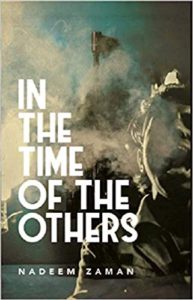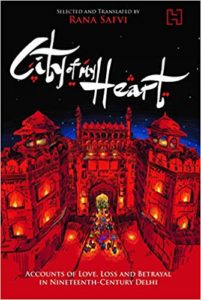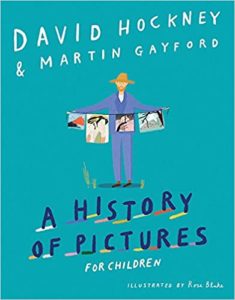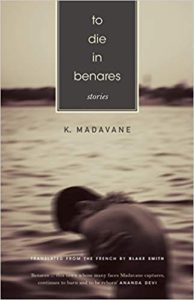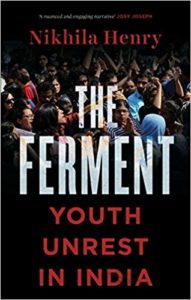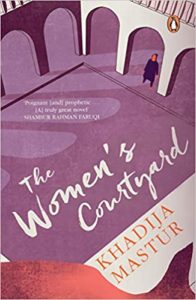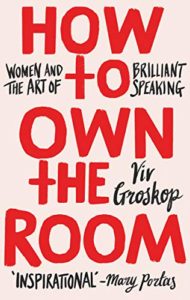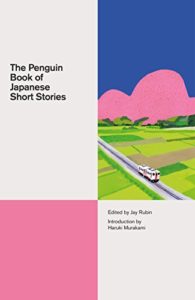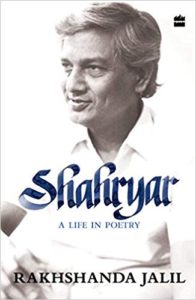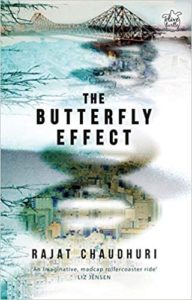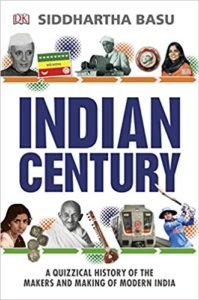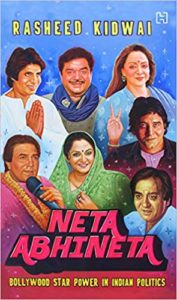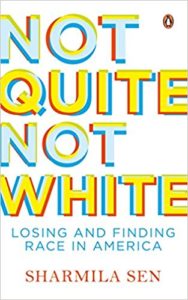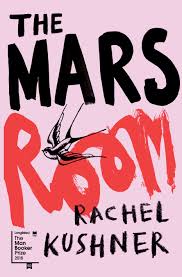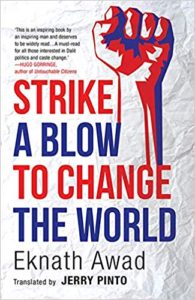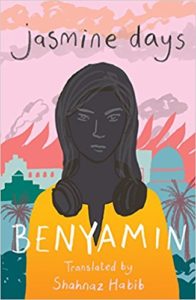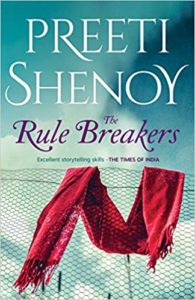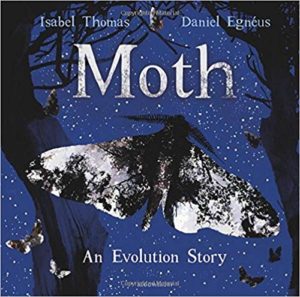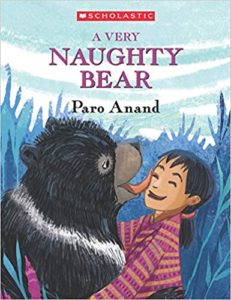A Note on “The Women’s Courtyard” Translation by Daisy Rockwell
Here is the entire note by the translator, Daisy Rockwell, from her recent translation of Khadija Mastur’s Aangan, translated as The Women’s Courtyard. It has been published by Penguin Random House, 2018.
The note has been excerped with the publisher’s permission.
The Women’s Courtyard has been translated before as The Inner Courtyard, by Neelam Hussain, and published by Kali for Women in 2001. Retranslation is still a rarity in the context of modern South Asian literature but the practice enriches the field of translation, offering readers different prisms through which to read a text. When I choose to retranslate a work, it is usually because I feel I have something substantially different to offer from the previous translator or translators. All the same, I draw comfort and inspiration from the work of previous translators, who may have seen things differently than I did and send me scurrying back to my dictionaries and expert friends for more information.
Khadija Mastur’s writing style is spare and elegant. Unlike many Urdu authors she does not favour heavily ornamented writing and turns of phrase full of literary allusions. I felt inspired to reproduce this clarity in English, after seeing that Hussain’s translation struggled with this quality, attempting to elevate the language to a more formal register of English than was used in Urdu. See, for example, Mastur’s description of Safdar Bhai, and the two contrasting translations, below:
Mastur: Safdar Bhai kitne vajīha magar kaisī maskīn sūrat ke the.
Rockwell: Safdar looked so handsome, but so meek.
Hussain: How tall and well built Safdar Bhai had been and yet how diffident his mien.
Not only does Hussain divide descriptive adjectives into phrases, but in the case of the second phrase, maskīn sūrat ke, she introduces a flowery and somewhat archaic-sounding descriptor, ‘how diffident his mien’.
These embroideries of the original, in which Hussain seeks to somehow augment the original text, stretch even to ordinary narrative sentences, such as the following:
Mastur: Dūr kahīñ se ghaṛiyāl ke gyārah bajāne kī āvāz ā rahī thī.
Rockwell: From somewhere far off came the sound of the bell striking eleven.
Hussain: A distant clock struck the hour. The sound of its measured strokes rolled over her. It was the eleventh hour of the night.
Here, Hussain’s rendition conveys a breathless dramatic tension that is absent from the original, which merely alerts us to the passage of time.
Hussain also occasionally inserts new ideas into the text, such as below, where she actually adds foreshadowing to the original sentence that describes Aliya worrying about her sister Tehmina Apa:
Mastur: Rāt kā qissā bār bār yād ātā aur voh anjām ke khauf se ek lafz bhī na paṛh saktī thī.
Rockwell: She kept thinking about what had occurred the night before, and was so fearful of what might happen she couldn’t read a single word.
Hussain: The inexorable end of Apa’s fated love was before her eyes and she was unable to concentrate on her work.
Mastur merely writes of Aliya’s ‘anjām kā khauf,’ her fear of the outcome, whereas Hussain announces to us that Tehmina’s ‘fated love’ is coming to an ‘inexorable end’. This embellishment on the original text both spoils the suspense of the story and romanticizes Tehmina’s love for Safdar by referring to it as a ‘fated love’.
Strangely—perhaps by accident—a pivotal passage is missing from Hussain’s translation. I can attest as a translator that it is far too easy to drop bits of a text in the course of translation. The phone rings, the dog must be let out, one’s attention is divided—and there goes a paragraph. Usually these mistakes can be rectified in editing, when one notices that something is missing or when a transition between paragraphs makes no sense. An extra set of eyes helps too. In this case, the passage in question is Jameel’s first physical assault on Aliya. Aliya has been reading about the horrors of Ghengis Khan and his army, when Jameel comes to speak with her. She tries to make him go away, or stick to the topic of her exams, when he grabs her and kisses her (or more—the text is not entirely clear on this point, but it reads clearly as sexual assault). After this she feels shaken and defiled.
Finally, language changes, cultural norms change and politics change. All great works deserve multiple translations, and English can only be enriched by multiple versions of classic South Asian texts. With this fresh translation, a new generation of readers will be introduced to The Women’s Courtyard, and perhaps a few who know some Urdu will take the plunge and try reading the book in the original.
3 January 2019


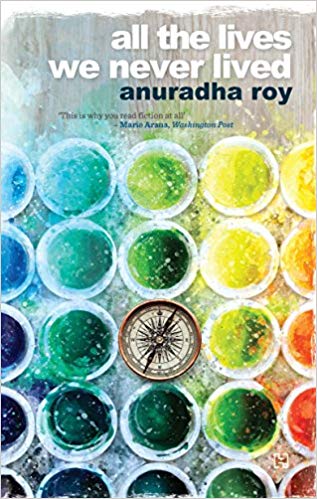
















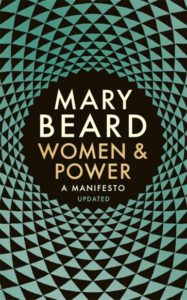
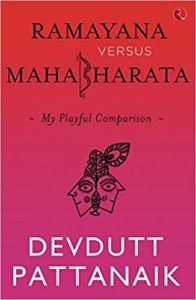
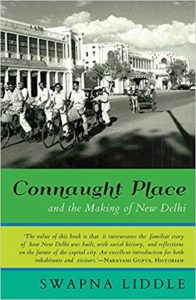
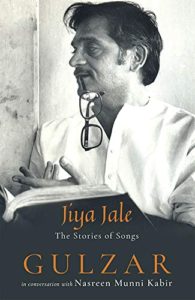
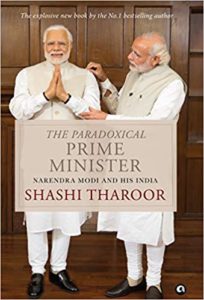
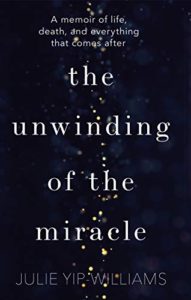



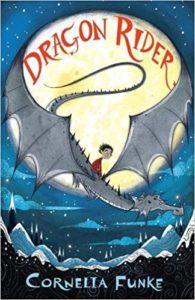
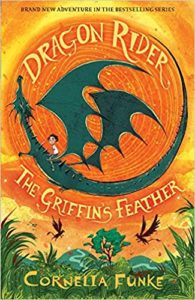

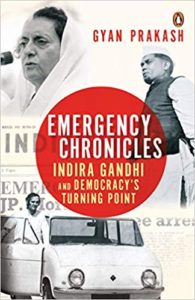
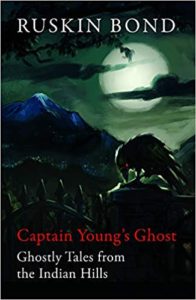
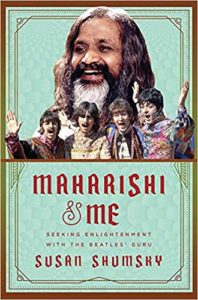
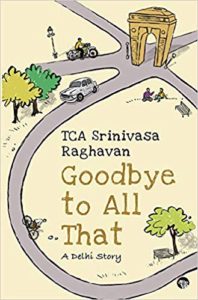
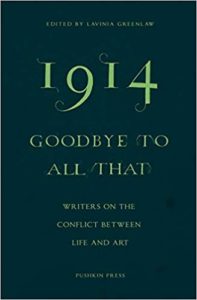
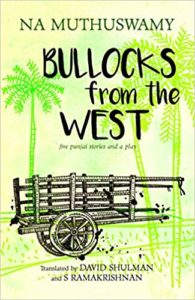

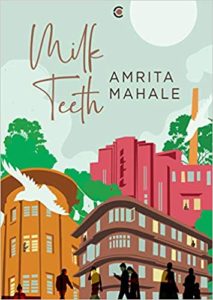




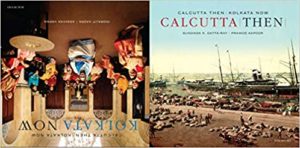

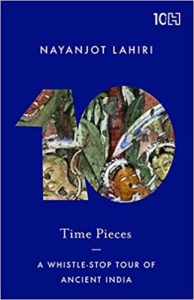
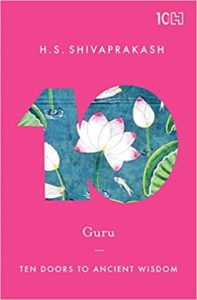
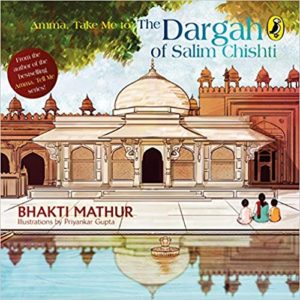
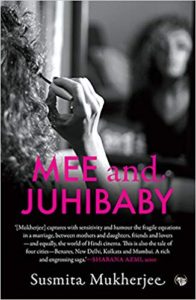
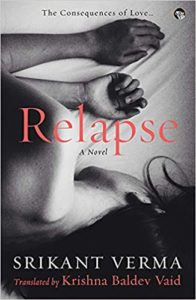
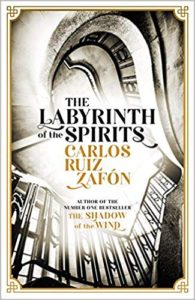
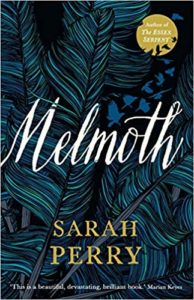


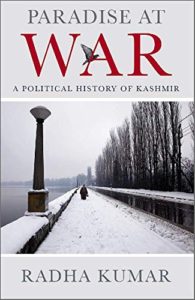
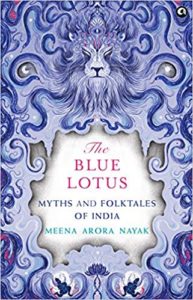
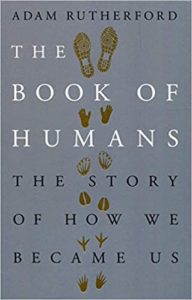
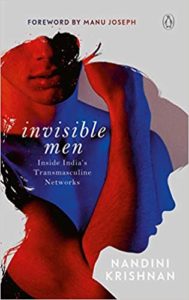
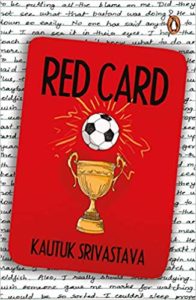
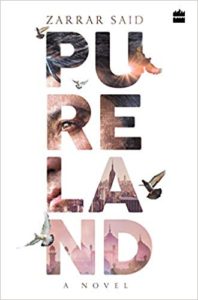
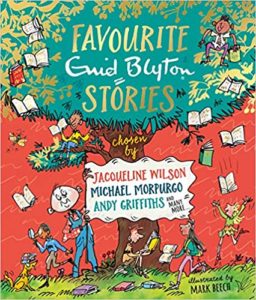
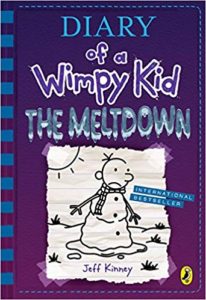
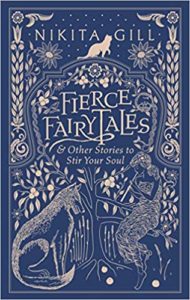
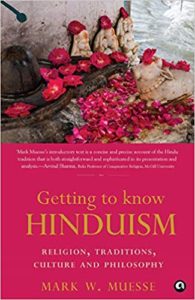
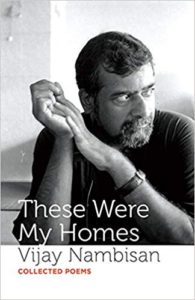
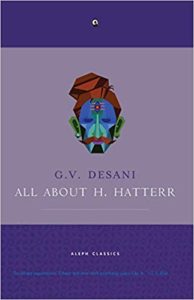
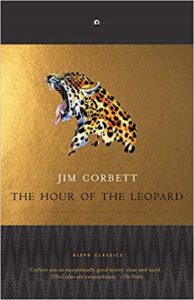
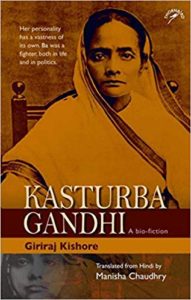
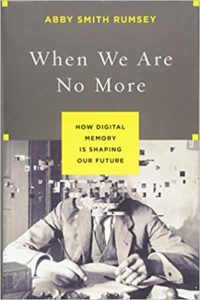
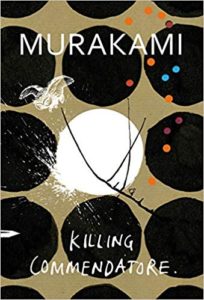
 expect a no. The portrait artist too falls under Menshiki’s spell even though he knows he is going to be paid very well for the commissioned portrait. The conversation is lack lustre. The women in the novel whether the ex-wife, the various mistresses, the young 13 year old daughter of Menshiki born of an affair he had a long time ago are reduced to sex objects. It is absolutely bizarre that the pre-pubescent girl is so obsessed by her breasts and her first frank conversation with the artist is about her chest size. It is ugly.
expect a no. The portrait artist too falls under Menshiki’s spell even though he knows he is going to be paid very well for the commissioned portrait. The conversation is lack lustre. The women in the novel whether the ex-wife, the various mistresses, the young 13 year old daughter of Menshiki born of an affair he had a long time ago are reduced to sex objects. It is absolutely bizarre that the pre-pubescent girl is so obsessed by her breasts and her first frank conversation with the artist is about her chest size. It is ugly.